
|
|
|
| synonym |
|
| description |
A distinctive, large species, unlike anything else in our area. Adults have forewings that are pinkish-gray with bold black spots across the basal 2/3; the apical 1/3 of the wings are blackish with contrasting white wing venation, forming small black blocks. The forewings are a bold mixture of red and black with a diagonal white band. The antennal bases are orange. The legs and underside of the body are blackish-gray, with yellowish margins to the abdominal segments and [sometimes] a red tip to the abdomen. Adults are approximately 1 inch (~25 mm) long and 0.5 inches (~13 mm) wide. (NCDA&CS)
The first three nymphal instars are black with scattered white spots. The fourth instar is largely red with black and white markings. Here is an image showing the full life cycle.
Egg masses are brownish and can sometimes be covered with a grayish waxy layer, giving a mud-like appearance. |
| distribution |
An Asian species, native to China, India, and Vietnam, introduced in Japan and Korea; introduced and invasive in North America, likely from China, first detected in Berks County, Pennsylvania in 2014 (though it is likely the species arrived a couple years earlier, UDEL). It has since been spreading outwards throughout PA and the East Coast, particularly since 2018- it has now been recorded in NY, CT, MA, NJ, DE, MD, VA, WV, OH, and NC, with infestations present in all of these states except MA and NC. There is a large potential for the species to eventually spread throughout large parts of the country: SLF future.
See a map of the distribution of this species in North America here: SLF. |
| abundance |
Two recent adult records from the mountains from two different counties, and a nymph from the coast, plus a few other counties noted as having sightings of lone individuals so far- this species is not yet established in North Carolina. |
| seasonal_occurrence | |
| habitat |
Orchards, vineyards, residential areas, etc. |
| plant associates |
Tree of heaven (Ailanthus altissima) is the primary host plant; also likes grape. When numbers are higher, individuals move to red and silver maple. However, this species is known to feed on 103 plant species, of which 56 are present in North America. (ET, UDEL)
For lists of various host plant species, see the information at the bottom of this page: UDEL. |
| behavior |
Adults lay eggs between September and December on host trees and smooth surfaces like furniture, which can last until June of the following year. Nymphs occur between May and September, with adults occurring from July to December. (NCDA&CS) |
| comments |
IMPORTANT NOTE: Spotted Lanternfly is a very serious invasive pest species of economic importance. It damages trees by causing them to develop weeping wounds that leave a gray or black trail of sap down the trunk. These wounds can then attract other insects and lead to the formation of fungal mats that can overwhelm a tree's defenses. While it has not yet become established in North Carolina, we have two recent records and we can expect more as this species expands and colonizes further over the coming years. Be on the lookout for adults or nymphs, an infestation of nymphs will look like this, while an infestation of adults will look like this.
If you find an adult or nymph, take a photo, kill and collect it, and contact badbug@ncagr.gov. For more information, see: NCDA&CS. |
status |
[Native:]
[Introduced:]
[Extirpated:] | | list_type |
[Official:]
[Provisional:] |
| adult_id | Unmistakable and widely known Identifiable from good quality photos of unworn specimens
Identifiable from photos showing undersides, or other specialized views [e.g., legs, face]
Identifiable only by close inspection of structural features or by DNA analysis NULL |
| nymph_id | Unmistakable and widely known Identifiable from good quality photos, especially where associated with known host plants
Identifiable from close inspection of specimens or by DNA analysis
Identifiable only through rearing to adulthood NULL |
| G_rank |
|
| S_rank |
|
| rank_comments |
|
| tribe |
Aphaenini |
| subgenus |
|
Species Photo Gallery for Lycorma delicatula Spotted Lanternfly |
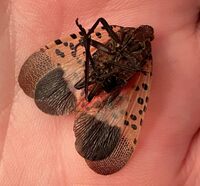 | Photo by: Abby H
Yancey Co.
Comment: found dead in the house; https://www.inaturalist.org/observations/63887835 | 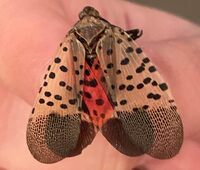 | Photo by: Abby H
Yancey Co.
Comment: found dead in the house; https://www.inaturalist.org/observations/63887835 |
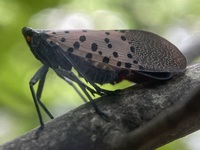 | Photo by: Archer Jones
Forsyth Co.
Comment: Found as part of a study via NCSU’s forest health lab | 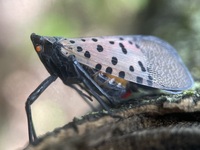 | Photo by: Archer Jones
Forsyth Co.
Comment: Found as part of a study via NCSU’s forest health lab |
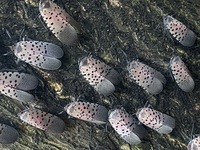 | Photo by: Archer Jones
Forsyth Co.
Comment: Found as part of a study via NCSU’s forest health lab | 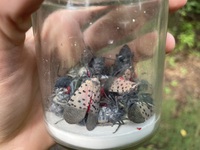 | Photo by: Archer Jones
Forsyth Co.
Comment: Found as part of a study via NCSU’s forest health lab |
 | Photo by: Scott Bolick
Forsyth Co.
Comment: Since original discovery dozens are seen and killed daily | 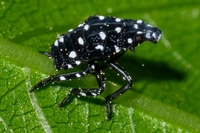 | Photo by: Scott Bolick
Forsyth Co.
Comment: Since original discovery dozens are seen and killed daily |
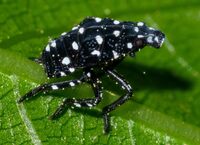 | Photo by: Scott Bolick
Forsyth Co.
Comment: Since original discovery dozens are seen and killed daily |

 »
»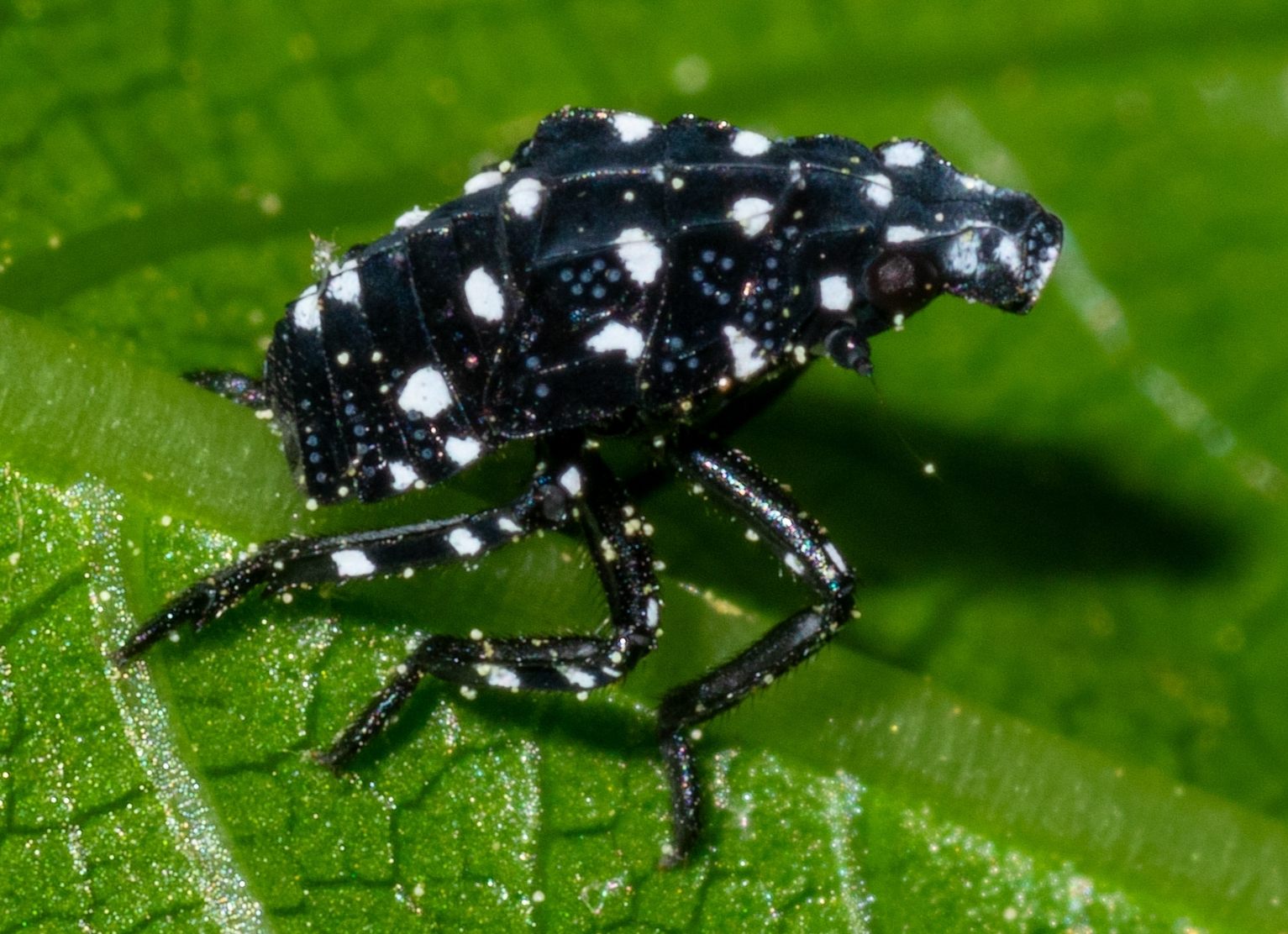

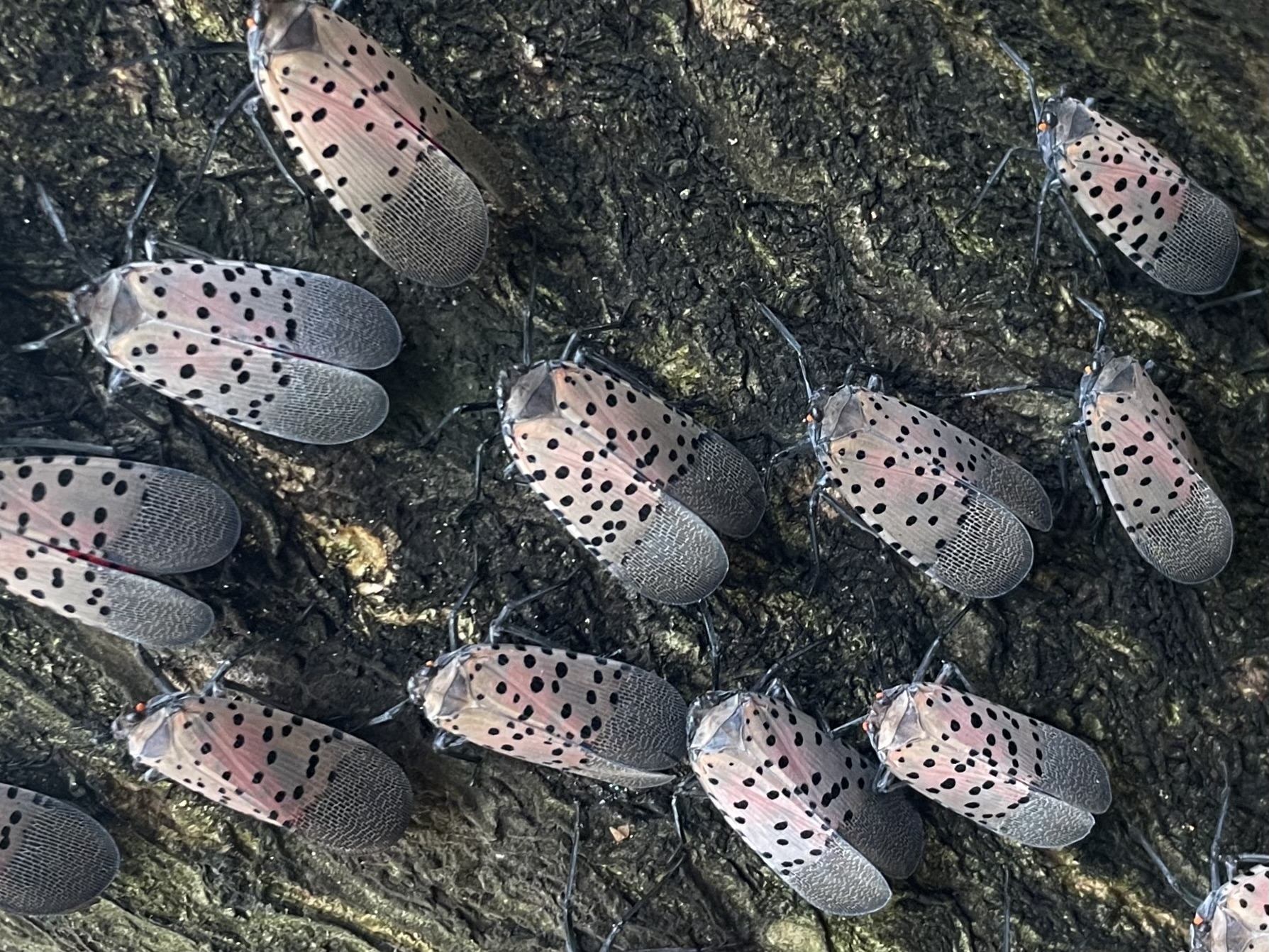
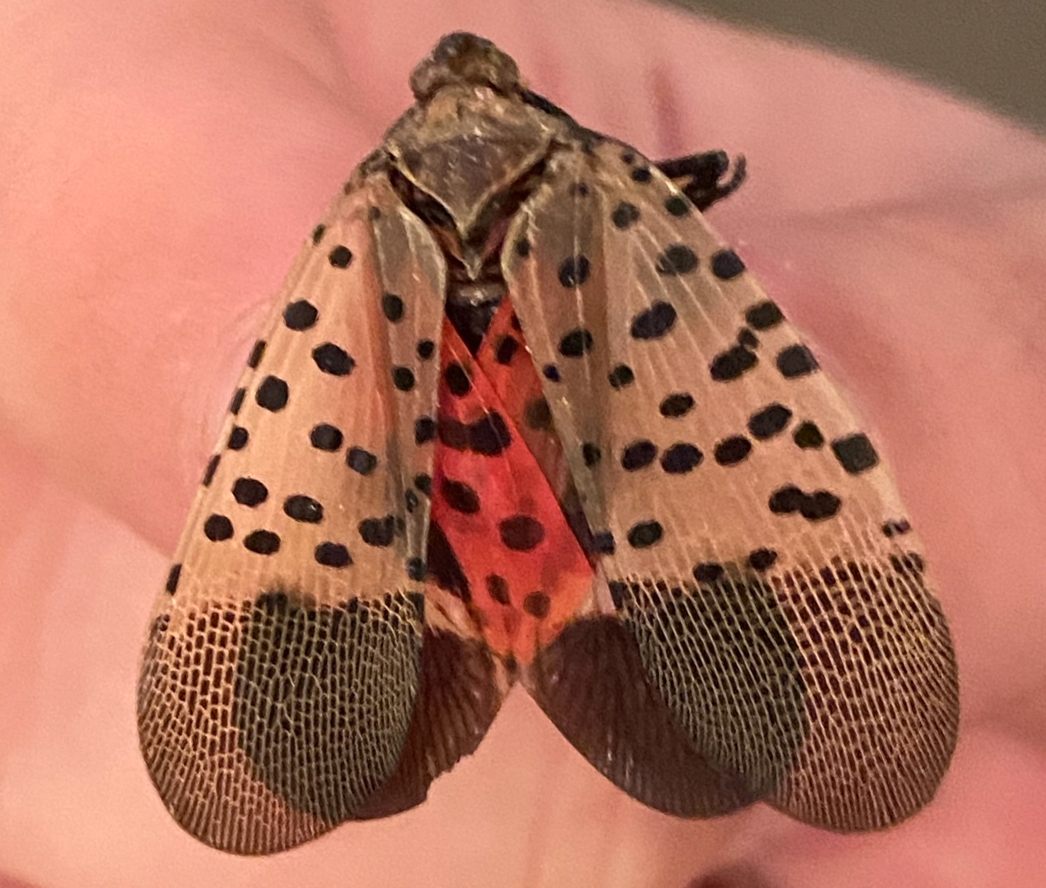

 »
»


